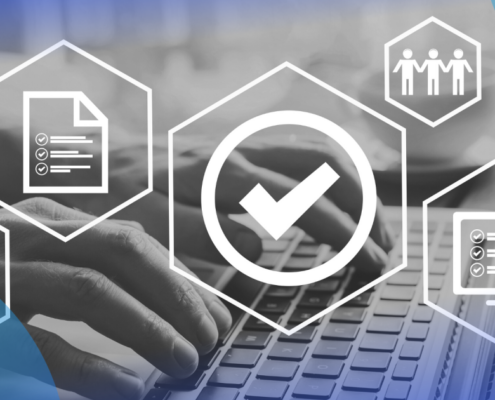
Your current platform has reached its end-of-life phase. Knowing you’d soon have to shift to a new portal, you did your homework. You found a great alternative and, now, it’s time to migrate.
However, migrating to a new portal isn’t as simple as you might think. It requires time and effort, and unexpected issues can crop up. So, like with any complex task, achieving a successful migration will require effective planning.
Some of the challenges you have to consider include:
• Ensuring your system continues to run efficiently during the migration
• Missing or “leaving behind” data
• Compatibility issues between older or “legacy” items and the new portal
Before you start your migration, here are some other things you need to consider and have a plan for when migrating to a new portal.
Data Migration
The first step to conducting a migration is to determine how you will move the data. Knowing the methodology is critical because it will ensure that you will have all the resources and tools you need for the migration. It will also allow you to formulate effective pre-migration tests, implement controls to minimize errors, and ensure a smooth transition.
The most beneficial approach is through an open framework and API as the methodology is far less complex.
If your new portal doesn’t offer this option, your only other choice will be to either export the data or gain direct access to the database, which both take time and require more technical know-how.
Data Cleanup
Data cleanup isn’t always a good thing, especially if you’re hanging on to everything for no reason.
A migration is the perfect time for you to take stock of all the data you have and decide what you can discard.
Go through everything and keep only what’s important. For example, you’ll probably want to keep customer-related data, such as anything from your CMS and blogs to your forums and app data.
Everything else that’s just taking up space and you’re hanging on to with the idea that it might “someday” come in handy, get rid of.
Do you really need to keep those survey responses for a project you ultimately decided to scrap? Is it really wise to migrate erroneous customer information, even if it shows a progression in the relationship?
The cleaner your data is, the easier it will be to migrate, and the simpler it will be to make sure you get it to the right location.
Migration to a new portal isn’t easy, but it can be done successfully as long as you take the time to plan properly.
Data Location
Once you know what you want to keep, it’s time to run a discovery and gap analysis. This will help you ensure that you have all the data you actually need. Keep in mind that you might not always be able to achieve one-to-one mapping, which means moving what doesn’t fit to distinct areas of the portal.
Once you’ve done the analysis, you can then ensure every call that has to be made of the service layer of the portal has been mapped. With a list of all the data to be migrated and all the calls that must be made, it’s far less likely you will miss something.
Action Timeline
Before you conduct the actual migration, it’s good to lay out your timeline of actions that you need to take. Not only will this give you an idea of how long everything will take, but you’ll also be making sure that you don’t miss anything.
The first step is establishing the methodology of migrating your data. Then comes the discovery and gap analysis, followed by data mapping and development.
Then you want to test everything, after which you must make a backup to make sure your information is safe in the event something unexpected crops up.
You’ll then want to do a dry run to ensure no data corruption takes place and no bugs appear. It’s also a good way to figure out how long the actual migration will take.
Have a contingency plan in place, which basically means setting up a way to roll-back to a previous stat and recover your data from the backups. If you don’t know how to do it, you could lose everything. Also, make sure to test your plan for kinks and do a dry run.
After you’re sure that your contingency plan works, you need to stop any new content from being uploaded to your website so that nothing is missed during the migration.
Now, it’s time to do the full migration. Once complete, test the site to make sure everything is operating as it should be and that you have all that data that you wanted. Also, factor in some time in case anything needs to be fixed.
Migration to a new portal isn’t easy, but it can be done successfully as long as you take the time to plan properly. Furthermore, make sure to cover your bases with backups and don’t skip the testing or dry-run phases to ensure that the migration took place without a hitch.









